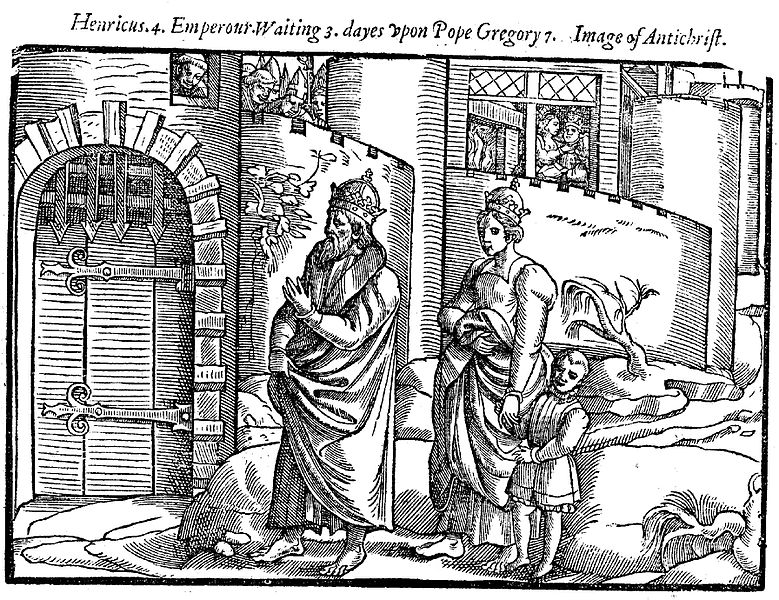
February 19 1090 – 16 Adar 4850
Henry IV, the holy Roman emperor, issued a settlement charter to certain of his Jewish subjects, after a number of Jews from Speyer approached him and asked for his protection. The writ names three of them, Judah b. Kalonymus, David b. Meshullam, and Moses b. Yekutiel, and declares that Jews are not to be attacked, their property may not be seized, guests may not be lodged in their homes and their horses may not be requisitioned even for state purposes. Most importantly, Jews were not to be forcibly baptized, a three day waiting period was to be observed before accepting Jews wishing to convert to Christianity, and Jews could settle their arguments in their own courts. All the above reflect practices to which Jews were habitually subjected in the eleventh century, in the throes of the early Crusades.
Henry was a veteran when it came to challenging papal authority. He’d already been excommunicated by Pope Gregory VII in 1077 for defying the pope and anointing his own priests, resulting in his famous “Walk to Canossa,” a castle in Italy where he waited three days for Gregory to open the gates and forgive him. Henry nevertheless continued to annoy the Pope by protecting his Jewish subjects and even allowing those forcibly converted during the Crusades to return to Judaism.
